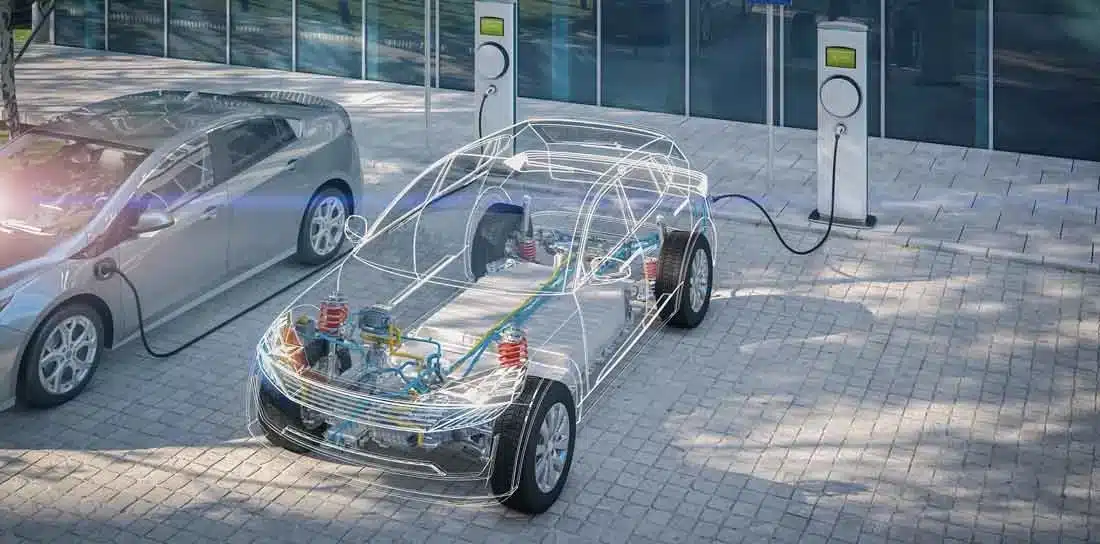At the 2025 CATL Tech Day in Shanghai, Chinese battery giant Contemporary Amperex Technology Co. Limited (CATL) unveiled a suite of groundbreaking battery technologies that could fundamentally reshape the future of electric vehicles. The highlights included a second-generation Shenxing ultra-fast charging battery, a 1500km dual-battery system, and a sodium-ion battery line branded as Naxtra.
Together, these technologies represent a significant leap in solving range anxiety, charging speed, and battery affordability—three of the biggest challenges facing global EV adoption.
Shenxing Battery Charges 520km in Five Minutes
The second-generation Shenxing lithium iron phosphate (LFP) battery offers an astonishing charging speed of 520 kilometers of range in just five minutes. That equates to an industry-leading charging rate of 2.6 kilometers per second. This advancement outpaces BYD’s 400km in ten minutes and far exceeds Tesla’s fastest supercharging capability.
This level of performance places electric vehicle charging times on par with, or even faster than, traditional fuel stops, signaling a transformative shift for consumer convenience. CATL’s breakthrough could eliminate one of the most persistent consumer concerns—long EV charging times during travel.
Cold-Weather Charging Solved
One of the most notable features of the new Shenxing battery is its resilience in extreme cold. While most EV batteries suffer performance and charging degradation at low temperatures, the new CATL design enables a 5% to 80% charge in just 15 minutes at -10°C. This cold-weather capability makes the battery suitable for deployment in northern and alpine regions, where EVs typically struggle with energy efficiency.
CATL’s Dual-Battery System Offers 1500km Range
Alongside Shenxing, CATL introduced its dual-battery concept that can deliver up to 1500 kilometers of range from a single charge. The configuration comprises two distinct battery systems: a high-performance main battery and a secondary, cost-efficient auxiliary battery.
The auxiliary battery is not designed for regular discharge cycles and can be placed in less accessible areas of the vehicle chassis. While it does not support ultra-fast charging, it is capable of charging from 30% to 80% in about 30 minutes, offering a practical energy reserve for extended journeys.
Production of this technology is expected between 2027 and 2028. Although no automakers were officially announced, CATL is a primary supplier to companies including Tesla, Polestar, BMW, Hyundai, and Mercedes-Benz, all of which could benefit from the integration of this next-level range capability.
Sodium-Ion Batteries Under the New ‘Naxtra’ Brand
In a third major reveal, CATL confirmed that it will begin commercial production of sodium-ion batteries under a new brand named Naxtra. Production is expected to start in December 2025 and will first serve FAW (First Auto Works) freight trucks, particularly in cold regions like Mongolia and northern China.
Sodium-ion batteries offer several advantages over traditional lithium-based solutions:
-
Energy density of up to 175 Wh/kg
-
90% charge retention in sub-zero temperatures
-
Improved safety and reduced risk of fire or thermal runaway
-
Lower production costs due to abundant sodium availability
These batteries are not just a backup to lithium-based EV systems but may also serve as a cost-effective replacement for lead-acid batteries in internal combustion and hybrid vehicles. Their resilience and safety also make them ideal for heavy-duty transport and emerging-market EVs.
EV Industry Impact and Future Outlook
CATL’s announcements arrive amid heightened global interest in battery innovation. Competitors like BYD, Panasonic, Toyota, and solid-state battery developers are racing to deliver solutions that improve energy density, reduce charging time, and lower costs.
Solid-state batteries, often touted as the future of EV power, remain in the prototype phase for most brands. CATL’s approach—evolving existing lithium technologies while exploring alternative chemistries like sodium-ion—may offer a more immediate and scalable path to market.
The implications of CATL’s innovations are far-reaching:
-
Fast charging can rival fuel station times, reducing EV charging infrastructure bottlenecks
-
Long-range battery systems allow for more flexible vehicle designs, including long-haul trucks and premium EVs
-
Sodium-ion batteries provide an affordable and safer solution for developing markets and low-cost EV models
As global battery supply chains continue to face constraints and political challenges, especially over lithium sourcing, sodium-ion alternatives offer a strategic hedge. It’s worth noting that most soda ash (used for sodium-ion production) is found in the United States, particularly Wyoming, which could reshape global battery material trade dynamics in the future.
When Will Consumers See These Batteries?
While CATL has not confirmed which vehicles will be the first to adopt these battery technologies, analysts expect luxury electric sedans, commercial freight fleets, and premium EV brands to be among the earliest adopters. The fast-charging Shenxing batteries could enter mass production in select markets as early as 2025, with wider distribution in the following years.
Dual-battery vehicles are forecasted for release between 2027 and 2028, targeting long-range EV categories. Naxtra sodium-ion batteries, meanwhile, could appear in utility vehicles and freight transport by early 2026.
Conclusion
CATL’s new battery technologies signal a major shift in electric vehicle innovation. With charging speeds that challenge traditional fueling stations, ranges approaching or surpassing combustion engine capabilities, and cost-saving battery chemistries ready for commercialization, the electric vehicle industry is on the verge of a new era.
If CATL can scale production and partner with global automakers efficiently, the 2025–2030 period may see the largest leap in EV capability and adoption in history.

